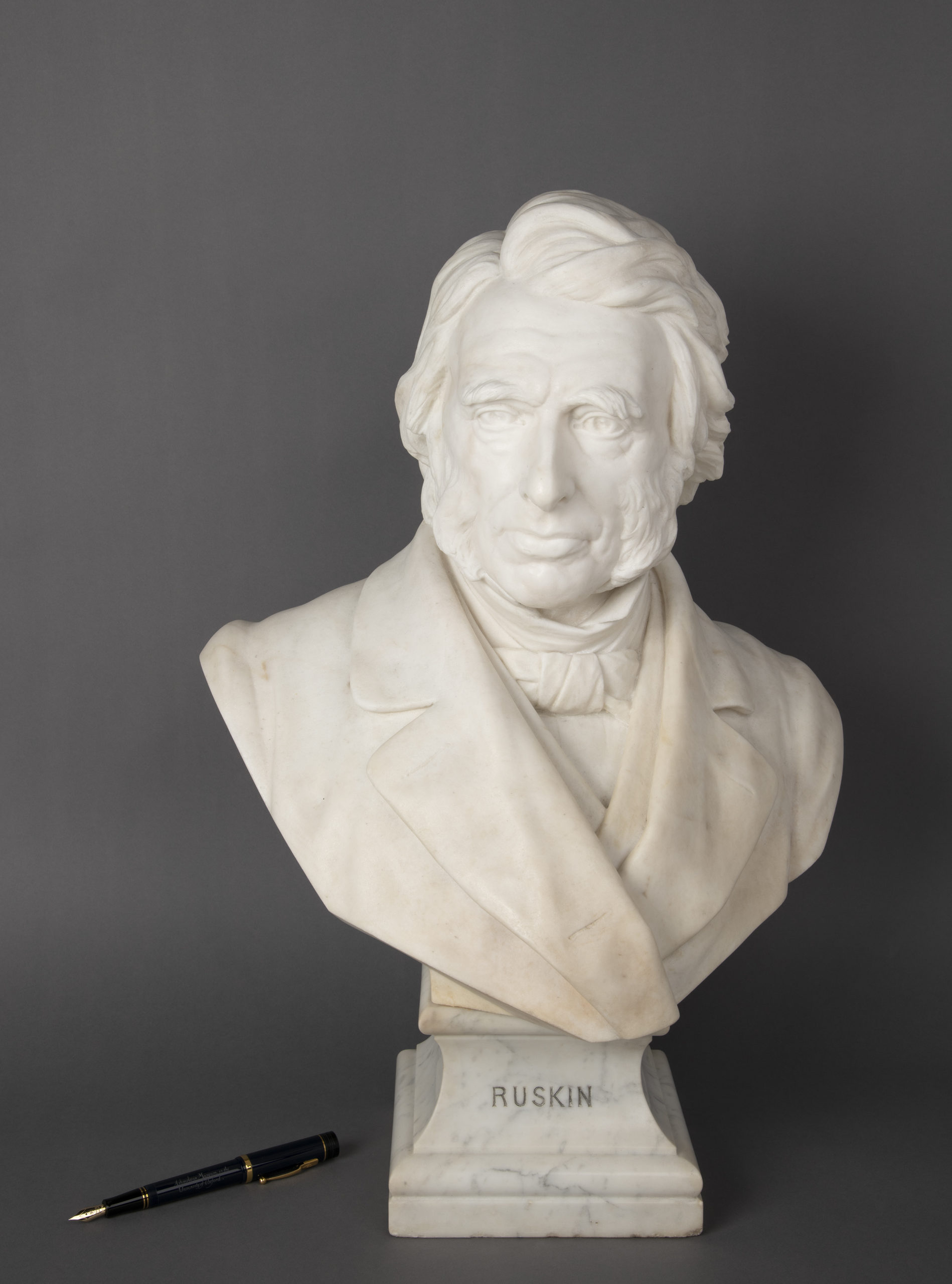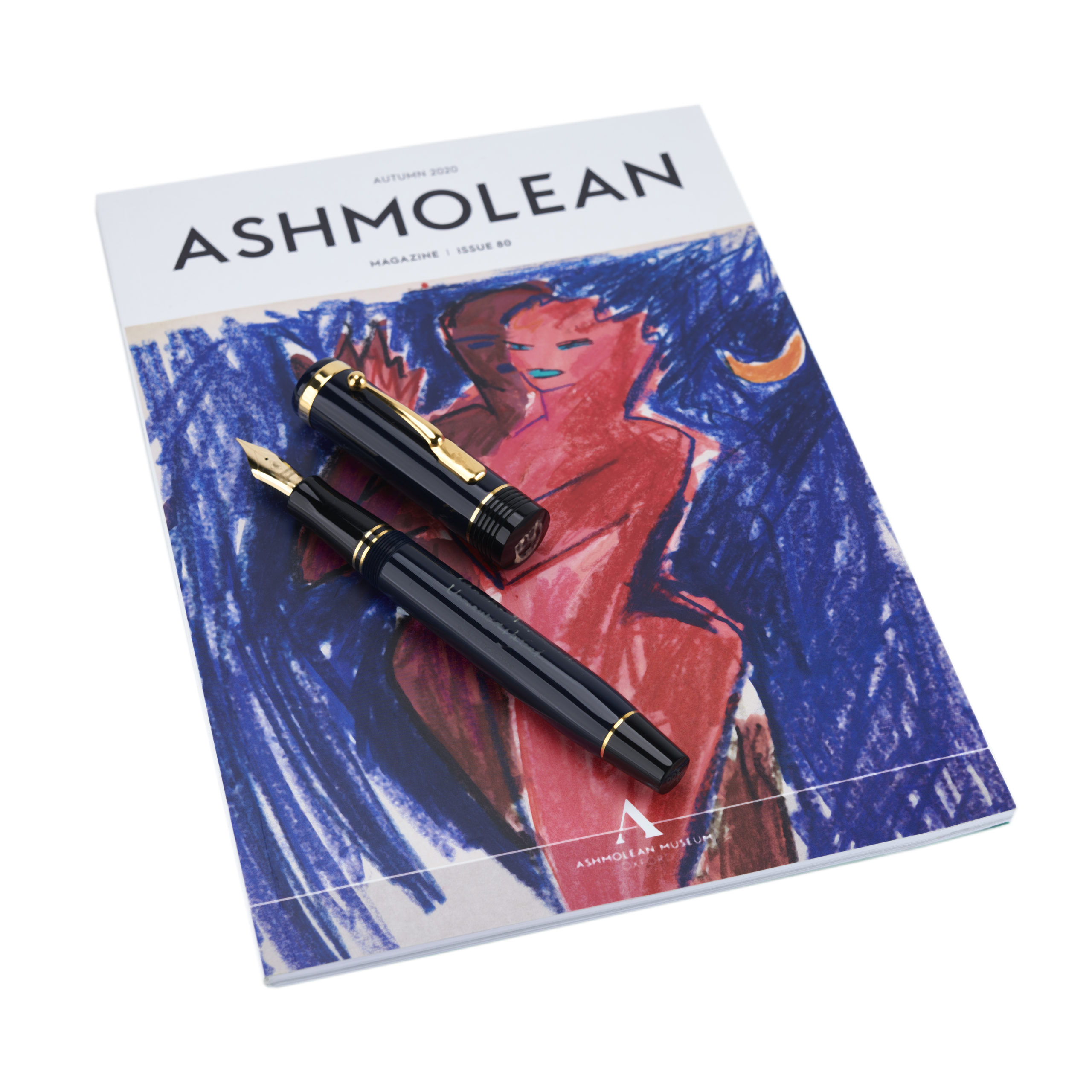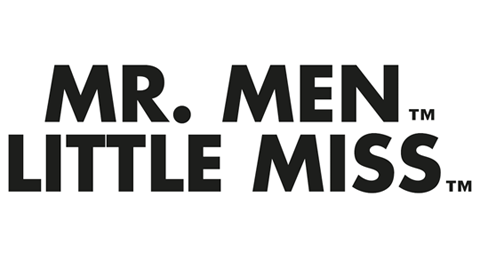Founded in 1683, The Ashmolean is the University of Oxford’s museum of art and archaeology, with world famous collections spanning Egyptian mummies to contemporary art. Recognised as the first museum to open its doors to the general public, The Ashmolean holds its ability to tell human stories ‘across cultures and across time’ at the centre of its narrative strain.
And that’s a narrative that the museum has seen vast success in translating into the licensing space, too. Now, with Start Licensing’s own Ian Downes leading the Great British – and one of Oxfordshire’s finest – establishment’s deeper dive into the licensing sector, and with the promise of life springing back into the country’s museum and heritage sector itself, The Ashmolean appears more ready than ever to explore the depths at which its licensing story can be told.
We catch up with Start Licensing’s Ian Downes to learn more about the potential.

With such a wealth of heritage and history not just surrounding the Ashmolean but within it, where do you begin with addressing its potential in the licensing space? Perhaps at the very beginning would make sense, how did the Ashmolean take its first steps into the licensing space?
Like many Museums the Ashmolean has looked at licensing as a way of creating a new revenue stream and a platform for promoting its collection to the public. They have been active in licensing for a number of years and have also had a very active publishing programme. The licensing team at the Ashmolean felt they would benefit from some additional support from a third party agency and ran a tendering process to recruit an agency which I am pleased to say Start Licensing won.
One motivation for the Ashmolean to work with an agency was to extend its reach into new parts of the licensing market and to access new ideas. They had a good foundation of licensees already including well known names such as Surface View, Flametree Publishing, Woodmansterne and Fox & Chave. This has given them exposure in the market and insight into the workings of licensing. Part of our role is to build on this and identify new ways of working.
A key part of this has been to identify core areas for developments such as home decor coupled with identifying design resources. The team at the Ashmolean has been sourcing reference material from the collection on a theme by theme basis to help with business development – for example, we have reference for parts of the collection like ceramic tiles and also design themes like Christmas. This makes it easier to target licensees with ideas. In addition the Ashmolean is working very closely with certain licensees to develop opportunities. For example it’s now working with an apparel company to support it designwise as it responds to retailer briefs and design requests. This hands on approach appeals to licensees and reflects the way that licensees have to pitch to retailers these days.
What has this all taught you about the relationship that the museum could have with the licensing space, and the potential for what the Ashmolean could bring to the ‘heritage licensing’ space?
Given there are some very successful heritage brands in the market already, I think we have to work harder to create a point of difference. I think part of this is being design lead and making it easier for licensees to access the collection in a thematic way.
We need to also be tuned into trends and retailer requests. It is good to know that the Ashmolean is prepared to put time into development work in this way. The fact that licensees can work directly with the Ashmolean team is a good thing and an attractive attribute. Licensees can benefit from the Ashmolean’s detailed knowledge of the collection and its suitability for licensing. We are also working on opportunities that are driven by the Ashmolean’s exhibition programme.
Exhibitions create a real focus on specific parts of the collection and are in a sense, design refreshes. Recently the Ashmolean has had a Pre-Raphaelites exhibition featuring work from John Ruskin. On the back of this we have developed a licensing deal with the Isle of Man Post office and also Conway Stewart for a high end Limited edition pen featuring Ruskin. Both licensees were able to leverage their launches off the publicity the exhibition received.
We are also keen to develop mini programmes fired up by parts of the Ashmolean collections which are particularly strong, such as their coin collection. They have a specific coin gallery that tells the story of money. They have some fabulous coins such as the Oxford Crown minted in Oxford during the English Civil War – we think this sort of thing should interest direct marketing companies who produce collectible coins.
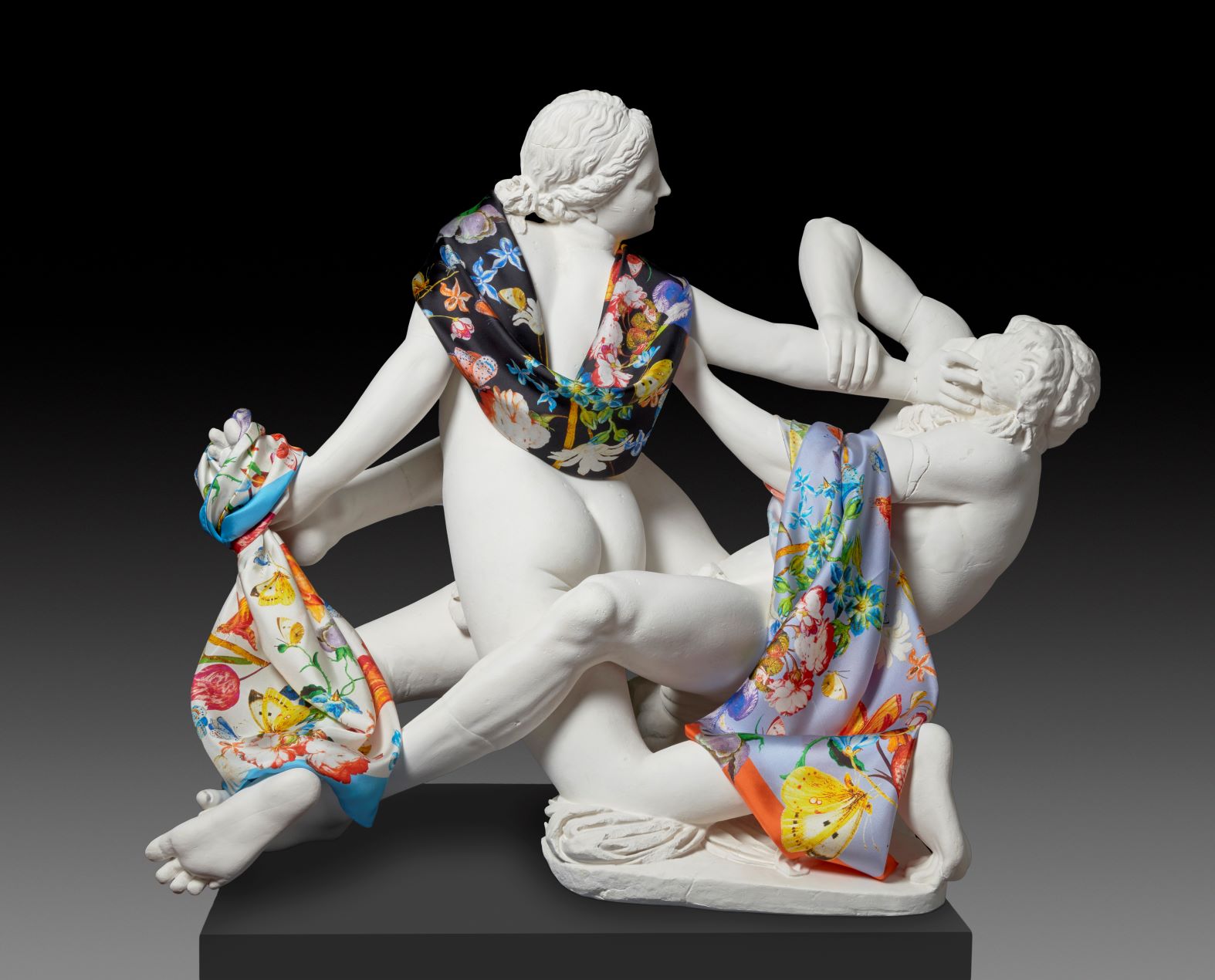
I read that the Ashmolean was the first museum to open its doors to the public, which gives it a rich history in making art and cultural exploration accessible to everyone. Is this an ethos that carries strong within your approach to licensing? What story are you telling through your licensing partnerships and plans?
Where possible, licensed products are set in the context of the collection. For example the Conway Stewart pen includes a booklet that tells the story of the Museum plus focusses on John Ruskin. The Ashmolean is able to support licensees in this way to add colour and depth to products.
As mentioned earlier, licensing can also create a window for the Ashmolean to shine a light on its collection, helping to bring it to a new audience and to inspire people to visit the Museum. The Museum is a fantastic source and resource. We think licensing can help celebrate the collection and give fresh impetus to it. Seeing designs from the collection feature on licensed products is great and a way of celebrating the original work and creators.
Done well, licensing of a heritage brand can help demystify things and can bring things alive for a new audience. It is also a great chance for licensees to access a wonderful resource that will give them a really authentic story to sell to consumers and retailers.
How is the Ashmolean using licensing to unlock history, art, and different cultures for new generations? What role does the licensing strategy play in preserving the legacy of the museum, and how is this reflected in the partnerships you embark on?
One aspect of this is that licensing is a source of income which helps support the Museum’s work. So there is a direct practical benefit. Licensing can help in bringing parts of the collection to the fore that were maybe overlooked before and it can help draw attention to particular parts of the collection.
Flametree has had great success with Dutch Still Life artwork from the collection. Its calendars have been a great showcase for artwork and may well have encouraged people to come to the museum to see the art in situ. We are trying to take a product sector and thematic approach to licensing backed up with appropriate materials sourced from the collection. As well as design elements this includes the back story and context for artefacts. This puts the licensing into a context and in some cases helps inspire a direction of travel. For example knowing the story behind the Ashmolean’s ceramic tile collection will help licensees in their product development and also to build a marketing story. In turn this will help consumers gain a better understanding of the collection and the influences behind it.
“I think it is important to innovate in product development terms whilst protecting the legacy of the collection. Innovation can be married with elements of the collection well.”
How has ‘heritage licensing’ changed over recent years? What do consumers expect in terms of brand narrative and storytelling in ‘heritage licensing’ today, and how is this reflected in your approach?
I would say it is a category of licensing that is much more established now and it has moved more into the mainstream. It is less the domain of specialist licensees and a wider cross section of licensees are engaged with it. There is, of course, still a bedrock of licensees that are experts in the category and have built great distribution for heritage brands.
I think consumers are more interested in the authenticity of products these days and products using heritage licenses can provide a very authentic backstory. I think consumers are interested in things like design themes and influences. Heritage licensing by definition has history behind it and that creates a point of difference in a licensing context. Telling the story of objects in conjunction with licensing is a good selling point for licensing and licensees. They can add value to their products and create products that engage with consumers because of the context around them.
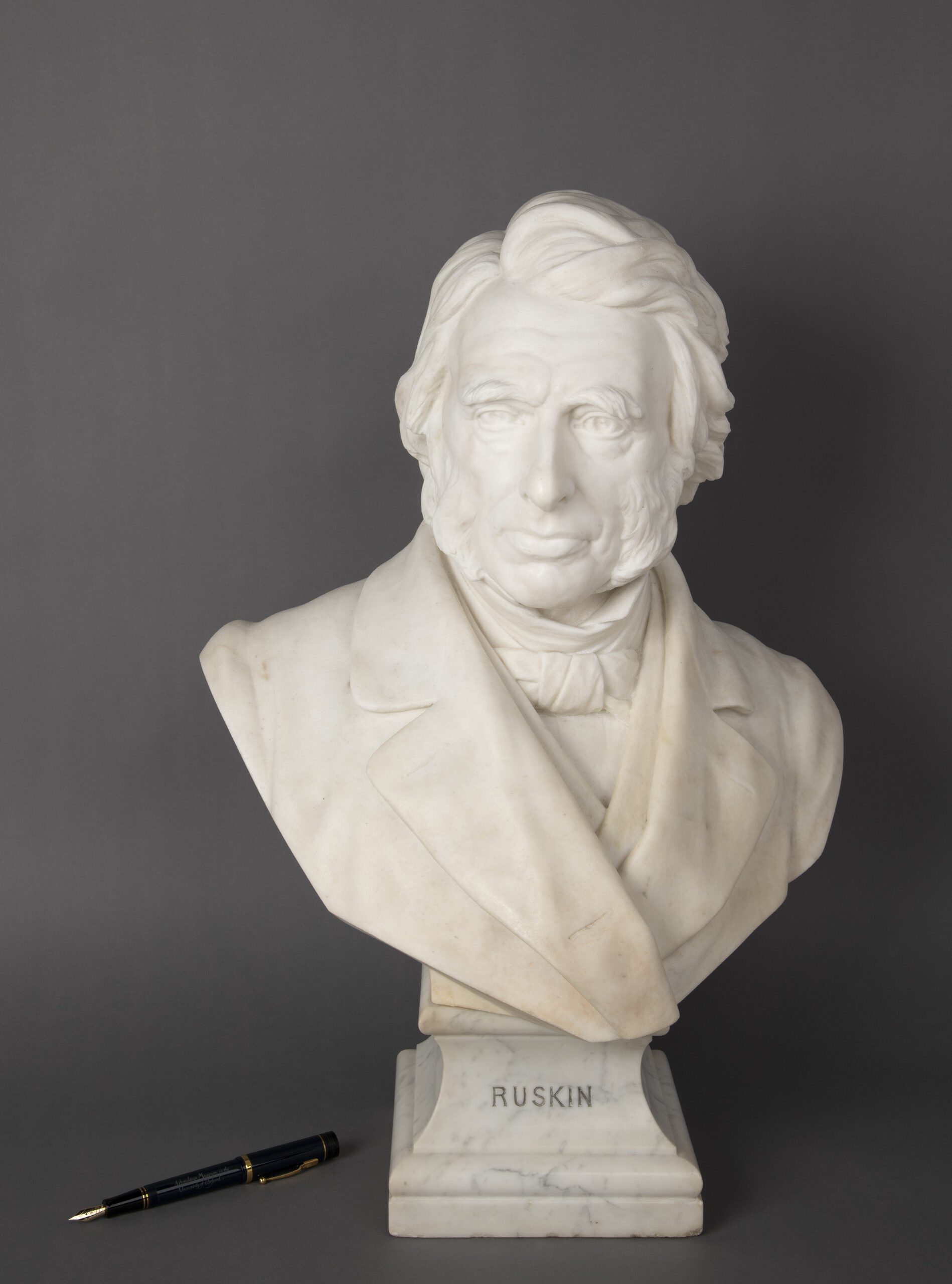
The licensing and storytelling potential the Ashmolean boasts must be hugely exciting to explore. What level of creativity does the depth of the portfolio afford you with your licensing plans?
It has been really enjoyable exploring the museum and its collections with an eye on licensing and design. Pre Lockdown this was something we could do on site, but in recent times this has moved to a more online or virtual process. The Ashmolean has a great website which is a useful reference point for design inspiration.
The licensing team at the Ashmolean has also been very proactive in their support of the licensing programme. They have researched the collections on our behalf to respond to licensing briefs and ideas. This has helped give us a great tool kit to share with licensees. In addition we have created some product concepts and visuals to show licensees how the collection can be translated to licensed products. There is a fair degree of creative freedom for licensees and they can access a whole spectrum of source material to build designs from. We are also exploring specific themes to fit into product opportunities like Male Gifting and Grooming. Here we are accessing specific assets such as art prints and illustrations that fit that category.
We have also created a Curated by design style to allow us to use the Ashmolean name and branding in a different way and to open up the potential for different parts of the collection.
How do you strike the balance in innovating and retaining the heritage and legacy of the museum?
I think it is important to innovate in product development terms whilst protecting the legacy of the collection. Innovation can be married with elements of the collection well. We are open to new ideas and new opportunities but would always want to make sure that the Ashmolean’s assets are used in an appropriate way. They work in new categories for licensing such as spirits – there is an Ashmolean Gin, for example. I think part of the skill set is matching products with assets in an appropriate way.
How has the consumer’s relationship with ‘heritage licensing’ changed in the last 12 months? Has lockdown and the pandemic changed the way in which people want to experience art and culture? How does this influence your licensing strategy?
I think museums, galleries and other institutions worked hard to provide opportunities for the public to remain engaged with them. This ranged from virtual tours to online talks and in other cases collaborating with third parties to develop easy to access content. For example, the Ashmolean worked with the BBC in the early days of Lockdown to produce a programme that was a tour of their Young Rembrandt exhibition. People couldn’t visit the Museum but by filming the exhibition in situ people could still see it and get a sense of it.
The Ashmolean also has a strong following of members and supporters. It has stayed in touch with them throughout the lockdown and has still published the members’ magazine. The magazine has featured licensed products such as the John Ruskin pen. My sense is that people are keen to get back into museums and early indications are that visitors are coming back to the Ashmolean.
The Ashmolean normally has a significant percentage of visitors from outside the UK most notably from the US, China and Japan. We would expect these visitors to return in due course. From a licensing point of view, I think we are keen to showcase and represent all aspects of the Museum’s collection. My sense is that Ashmolean visitors enjoy the rich mixture of the collection and enjoy strolling around the whole Museum. It is important we allow licensees and licensing to reflect this.
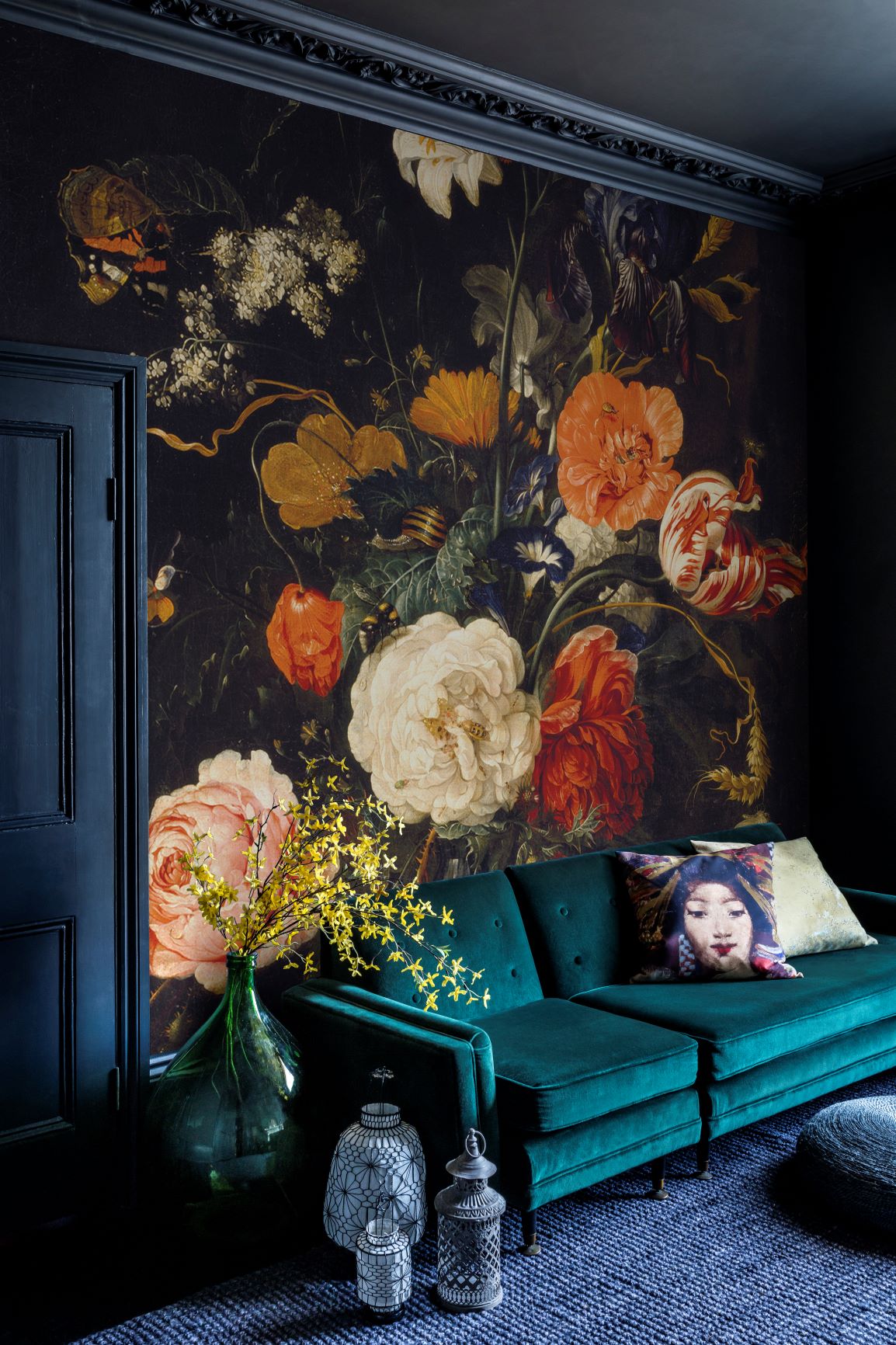
What categories or licensing partners will be key to you as you continue to build on the Ashmolean portfolio? Are there any categories you’d like to take the brand into, or boundaries you’d like to push to the next level in art and heritage licensing?
There are a number of categories already in place including Woodmansterne for greetings cards, Surface View for print on demand wall art and coverings, Fox & Chave for ties, The Oxford Artisan Distillery for gin, Flametree for calendars and PJ Studio Accessories for scarves.
In addition, there art good relationships with companies like King & McGaw who work with the museum on print on demand art prints. We have added in the Isle of Man Post Office and Conway Stewart recently. There is also a new deal with start up business Blu Goblin for special edition postcard prints.
We are in active conversations with an apparel company, home decor companies and soft furnishing companies. We are keen to develop these further and also to broker partnerships with brand owners to develop collections in tandem with the Ashmolean.
Beyond the collection, the Ashmolean can support licensees in areas like PR , photo shoots, displays and sponsorship. There is scope for partners to create very rounded partnerships that feature licensing but go beyond a straight product relationship – for example, a paint company could sponsor an exhibition, have their paints used on the gallery walls and sell a licensed range. We are also keen to engage with companies from the arts and crafts area – the Ashmolean has been inspiring people for years. It seems sensible to think that companies who manufacture art kits, craft kits and accessories might see a value in partnering with the Museum to build new collections which can be linked to content from the Museum and featuring well known artists.
We also think it would be great to work with companies based in and around Oxford. One idea is to try to persuade Mini to develop a Limited Edition Mini featuring design elements sourced from the Museum and then feature the Mini at the Museum. The Mini is manufactured roughly three miles from the Ashmolean. Would be great to see two of Oxfordshire’s best known names work together.
What can we expect from the Ashmoelan in the licensing space in the coming year and beyond? What’s the next step for you guys in the sector?
We are keen to keep the momentum going – we have new partners and a number of the existing partners are adding to their ranges. It has also been great see how partners like Woodmansterne have embraced the opportunity and partnership. at the last Spring Fair Woodmansterne used an Ashmolean artwork to theme their stand featuring a large scale artwork as the centrepiece.
It is great to see an experienced licensee like Woodmansterne recognise the quality of the Ashmolean’s collection and to celebrate it in such grand style. We hope to develop some more partnerships that work across different levels and allow both partners to build the partnership beyond a product relationship.
We are always opening up the archive to inspire fresh thinking and ideas. We hope to invite more licensees and retailers to visit the Ashmolean and see the collection for themselves. It won’t fail to inspire and impress.










